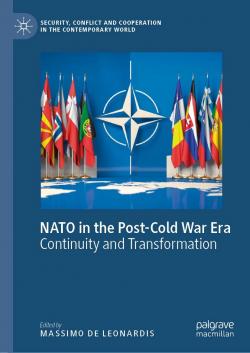How Strong Is NATO’s Arm: Commands, Cash, Capabilities and Contributions

NATO armed forces are mandated to perform a broad range of tasks from deterrence and defence, to crisis management and stability operations. In doing so, they have to run operations through a multi-domain approach through land, sea, air, space and cyber domains. In geographic terms, the European theatre remains central for NATO, but the space and cyber domains by default connect world regions in an unprecedented way. In this context, Western militaries continue their adaptation process begun in the post-Cold War period, which since 2014 has to face the renewed possibility of state-to-state conflict against a peer competitor like Russia. Such a possibility stresses the importance of high-end capabilities, forces’ readiness, reinforcements as well as escalation management including nuclear weapons—all elements requiring significant, long-term investments. The US has consistently increased the Pentagon budget in recent years, while progress on the European side have been fragmented and modest. The chapter will consider all these issues.
-
Details
in Massimo De Leonardis (ed.), NATO in the Post-Cold War Era. Continuity and Transformation, Cham, Springer, 2023, p. 231-259 (Security, Conflict and Cooperation in the Contemporary World) -
ISBN/ISSN/DOI:
978-3-031-06062-5; 978-3-031-06063-2 (ebk)


